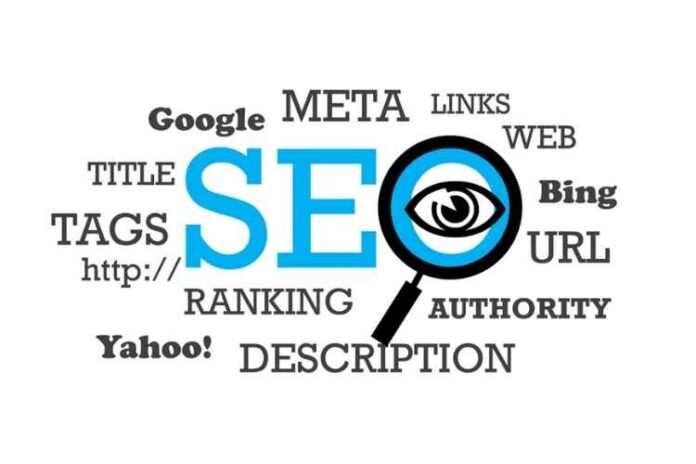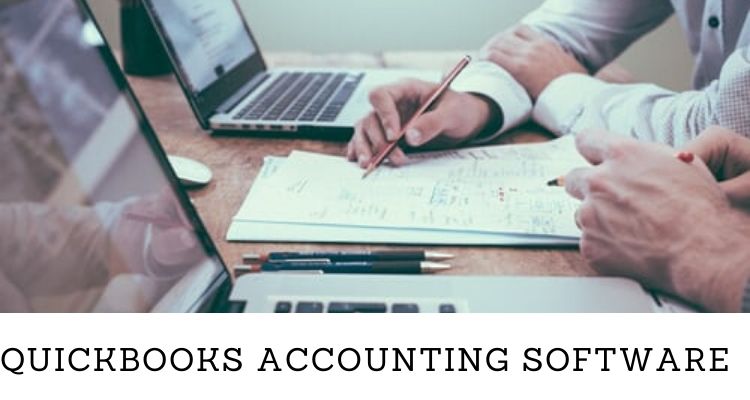Blogs, sales pages, and any other kind of page you have on your website should all be optimized for search engines. Even if you have a great outbound marketing strategy, it doesn’t hurt to step up your inbound marketing game so that even more customers can find you.
Alt-text, or alternative text, is an on-page search engine optimization (SEO) strategy that optimizes the visual data on your web pages. Good alt-text increases your website’s accessibility, thereby attributing to a more favorable ranking on search engines.
Keep reading to learn how to write good alt-text that puts you in front of searching customers.
Be Concise
Good alt-text falls under 125 characters, or around 10-15 words–that’s the maximum display for most screens. When you write long alt-text, you risk screen displays and search engines cutting short this important SEO attribute.
Alt-text should be concise but should relay to search engines a summary of that piece of visual data found on your web page. This allows users to better decide whether your page can offer them answers to their queries, as Google’s alt-text guide states.
Stay relevant but be concise when writing good alt text.
Don’t Keyword Stuff
As mentioned in this blog article, keyword stuffing is no longer a viable SEO strategy. Search engines like Google have updated their algorithms to filter out low-quality and unhelpful content. This includes content stuffed with keywords.
However, this does not mean that you can’t include your keyword in the alt-text. Do so if it is truly relevant to the visual data and will help answer users’ queries.
Besides, there are many other on-page SEO attributes that you can tweak to help make your content more relevant and accessible to search engines. These are great opportunities to include relevant keywords.
Avoid the Obvious
You use alt-text to describe visual data such as images and videos. Don’t waste precious alt-text characters to state what the data is. In other words, don’t write, “this image is…” or “this video…”. Search engines already know that it is visual data.
Cut straight to the point and utilize every last character of your alt-text character limit to optimize your web page.
Be Specific
On the note of what not to include in your alt-text, here’s what you should include: a very specific description of the image or visual data you’re tagging.
Of the many alt-text uses, one of the most important is making your data and content more accessible to users who can’t access the visual data. Your alt-text helps them understand what the image or video contains–otherwise they wouldn’t have been able to access it.
Learn How To Write Good Alt Text That Works
Because of how short alt-text is, it can be challenging to write good alt-text. Succinct text is an art–keep practicing it. Use these tips on how to write good alt-text to optimize your web pages and expand your outbound marketing strategy.
For more tips on SEO and optimization strategies, check out more from our tech section.






